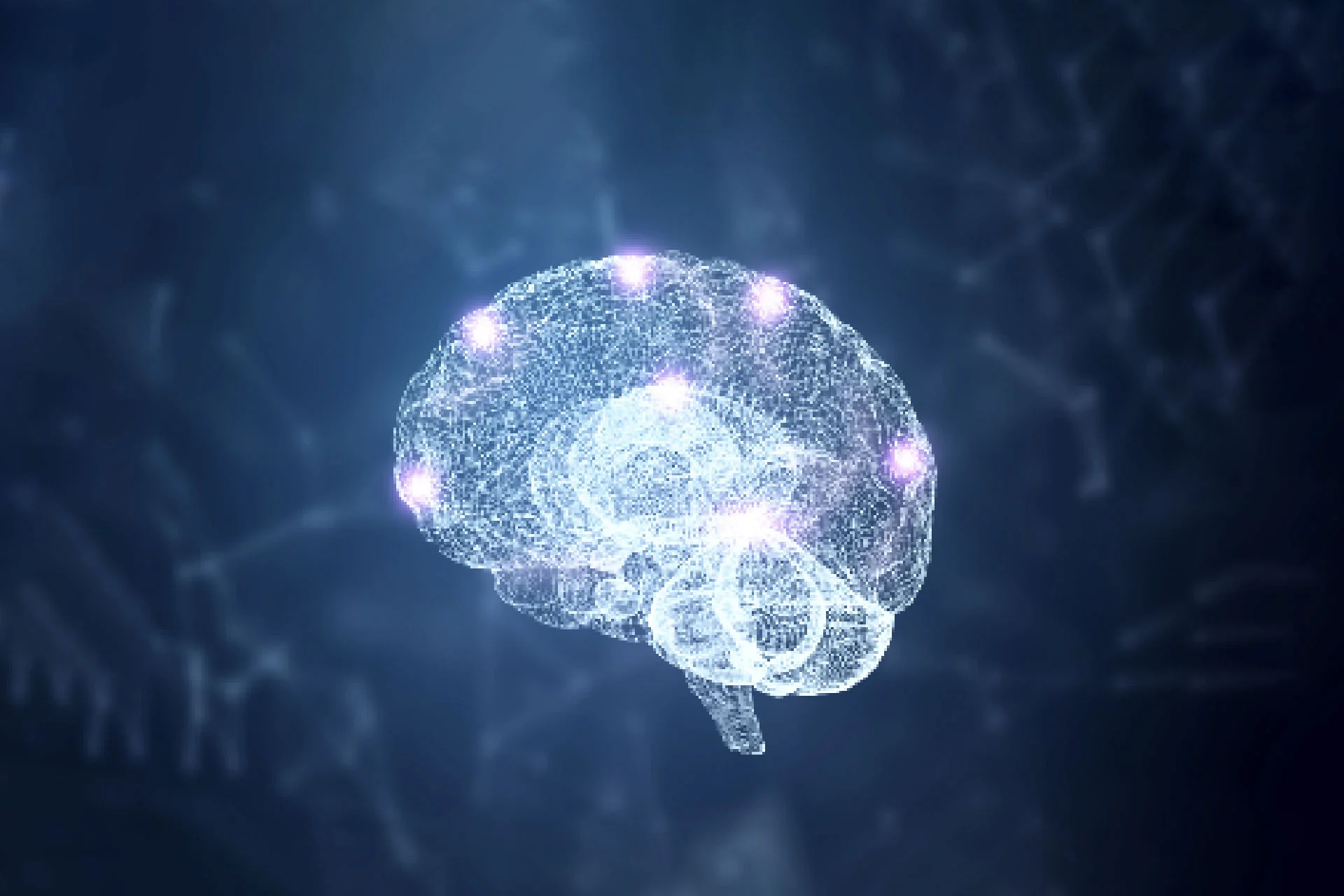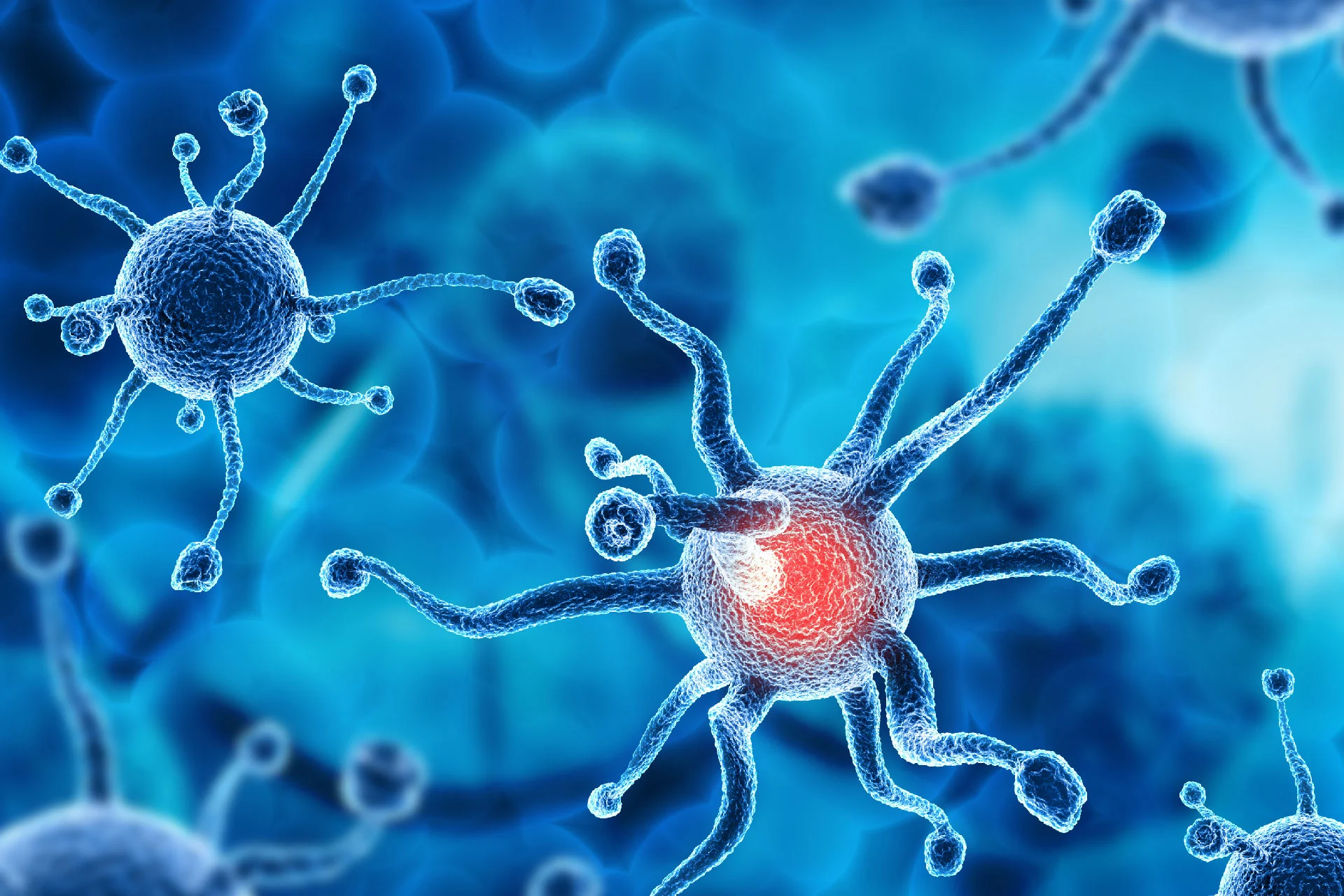Cancer | 4 min read
Types of Cancer: A Handy Guide of Signs and Symptoms
Medically reviewed by
Table of Content
Key Takeaways
- Different types of cancer accounted for 9% deaths in India
- Age is an uncontrollable risk factor of any type of cancer
- A lump in the armpit is a symptom of breast cancer
Awareness, vaccination, and lifestyle changes have eradicated most communicable diseases. But there are others that pose a significant health concern in India. Cancer is one of the primary problems right after heart conditions. Non-communicable diseases caused 63% of deaths in the country and the different types of cancer accounted for 9% of them in 2018.
Your body consists of trillions of cells that have a life cycle of their own. These cells are responsible for various functions. In a healthy body, the cells grow, divide, and die in a particular way. New cells replace dying cells, and this process keeps repeating. Cancer impedes this process and causes abnormal cell growth.
Lung cancer, breast cancer, and uterine cancer are some of the different types of cancers. The type of cancer depends on the place of origin of the tumor. If the tumor occurs in the lungs and spreads to neighboring organs and tissues, it is lung cancer. Read on to know more about the different types of cancer.
Additional Read: 8 Major Common Types of Childhood Cancer You Need to Know About
What are the most common types of cancer?
Breast cancer:
This is caused when healthy cells turn into an abnormal mass or tumor. This is one of the worst types of cancer among women. Most common breast cancer symptoms are:
- Presence of a lump in the armpit, breast, or collarbone
- Swelling in either one or both breasts
- Discharge from the nipple
- Nipples turning inwards or retracting
Lung cancer:
The formation of tumors in the lings causes lung cancer. Common signs of lung cancer include:
- Constant chest and bone pain
- Persistent cough even after getting treatment
- Experiencing shortness of breath
- Coughing up blood
Prostate cancer
This type of cancer is more prevalent in men and has a higher chance as men get older. Symptoms of prostate cancer include:
- Increase in frequency of urination, especially at night
- Experiencing burning sensation or pain during urination
- Incontinence
- Inability to get and maintain an erection
- Pain in the lower back, thighs, pelvic area, and hip

Non-melanoma skin cancer
Squamous cell and basal cell carcinomas are the two types of non-melanoma skin cancer. Symptoms of basal cell carcinoma include:
- Unhealed or recurring sores
- Presence of small and smooth lumps that are red, pink, or white
- Presence of scar-like pale and flat surfaces on the skin
- Red, scaly patches
Symptoms of squamous cell carcinoma:
- Skin growths that are painful and itchy
- Presence of warts on the skin
- Unhealed sores that bleed often and have a crust
Colorectal cancers
These are malignant polyps that grow in the inner lining of the colorectal tube. Symptoms of colorectal cancer include:
- Unexplained weight loss
- Sudden onset of constipation and diarrhea that lasts for days
- Shooting pain in the stomach or gut
- Experiencing fatigue and weakness
- Presence of blood in stool
What are the risk factors and causes of cancer?
In most cases, it is difficult to identify the exact reason for cancer. Certain risk factors can increase your chances of developing it and include:
- Excess alcohol consumption
- Hormones
- Obesity
- Exposure to carcinogenic and infectious agents
- Chronic inflammation
- Exposure to radiation and harmful chemical substances
- Genetics
- Excess exposure to sunlight
- Excessive smoking and tobacco usage
How are different types of cancer diagnosed?
Most types of cancers do not show any early symptoms. They only occur when cancer has spread to other organs. This makes early diagnosis of any cancer difficult. But there are cases where cancer is diagnosed while treating another condition.
Cancer diagnosis begins with a thorough physical examination. Your doctor will carefully assess your medical history. If your close relative has cancer, then even your family history is evaluated.
Doctors may order a battery of tests to confirm the diagnosis. These tests can include urine, blood work, MRI, CT scan, X-rays, and biopsies. If the result is positive, then more tests are done. If the results are negative but symptoms persist, doctors conduct more tests. Always get a second opinion if you are diagnosed with cancer.
What are the various cancer treatment options?
The type of treatment depends on the type of cancer and how far it has spread. The most common types of cancer treatments are:
- Radiation therapy
- Surgery
- Chemotherapy
- Immunotherapy
- Stem cell transplant
- Targeted drug therapy
Additional Read: What Is Lung Cancer? All You Need To Know About Its Symptoms and Treatment
Irrespective of the type of cancer, early diagnosis is key for successful treatment. Get regular cancer screening as you grow older. In case you develop symptoms, visit a doctor without delay. Find the best specialists from the comfort of your home on Bajaj Finserv Health. Here, you can book an online appointment, get vital inputs, and access care with ease.
References
- https://www.ncbi.nlm.nih.gov/pmc/articles/PMC6362726/
- https://ascopubs.org/doi/10.1200/GO.20.00122
- https://www.ncbi.nlm.nih.gov/pmc/articles/PMC6497009/
Disclaimer
Please note that this article is solely meant for informational purposes and Bajaj Finserv Health Limited (“BFHL”) does not shoulder any responsibility of the views/advice/information expressed/given by the writer/reviewer/originator. This article should not be considered as a substitute for any medical advice, diagnosis or treatment. Always consult with your trusted physician/qualified healthcare professional to evaluate your medical condition. The above article has been reviewed by a qualified doctor and BFHL is not responsible for any damages for any information or services provided by any third party.




